If you’re a coffee lover and a plant enthusiast, here’s some good news — those leftover coffee grounds you toss into the trash each morning could be a secret weapon for a healthier, more vibrant garden. Using coffee grounds in your garden is an eco-friendly, cost-effective way to improve soil, nourish plants, and even deter pests.
In this comprehensive guide, we’ll explain why coffee grounds are beneficial for your garden, how to use them safely and effectively, which plants love them, and the best practices to avoid common mistakes. Grab your mug and let’s dig in!
Why Use Coffee Grounds in Your Garden?
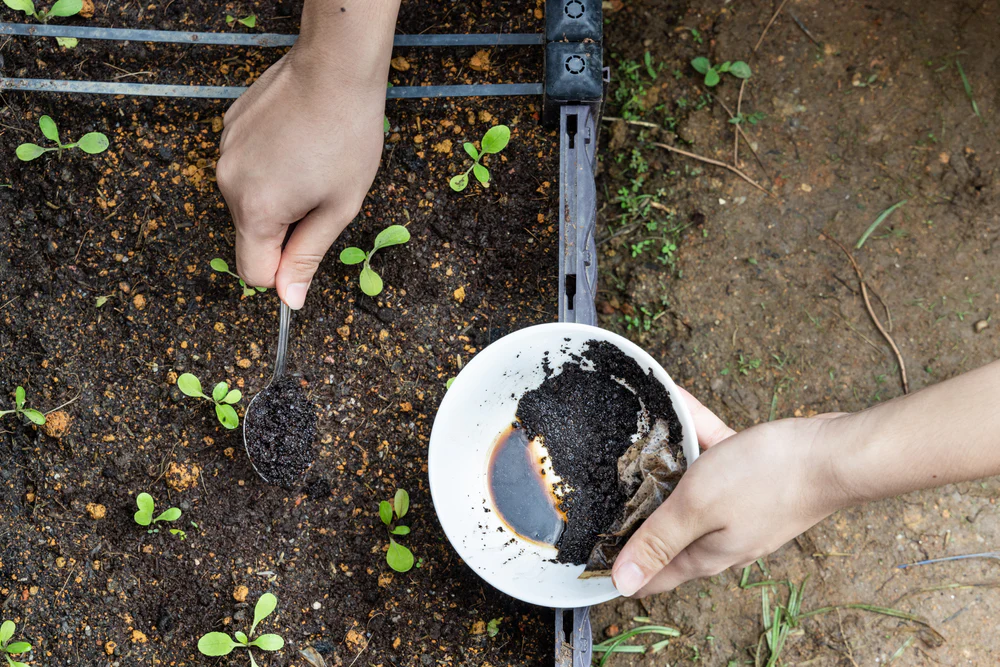
Coffee grounds are packed with organic material and beneficial nutrients that can enhance garden soil and plant health. While commonly regarded as waste, they actually contain:
- Nitrogen — essential for leafy growth
- Potassium — boosts root strength and disease resistance
- Phosphorus — supports flowering and fruiting
- Micronutrients like calcium, magnesium, and iron
Additionally, coffee grounds improve soil texture, increase drainage and aeration, and feed beneficial microorganisms in the soil.
Benefits of Coffee Grounds for Your Garden
✔ Improves soil structure by making it looser and more friable
✔ Acts as a slow-release fertilizer
✔ Helps with water retention in sandy soils and drainage in clay soils
✔ Encourages earthworms and beneficial microbes
✔ Repels common pests like slugs and snails
✔ Can mildly acidify soil (beneficial for acid-loving plants)
Supports sustainable, waste-free gardening
How to Use Coffee Grounds in Your Garden
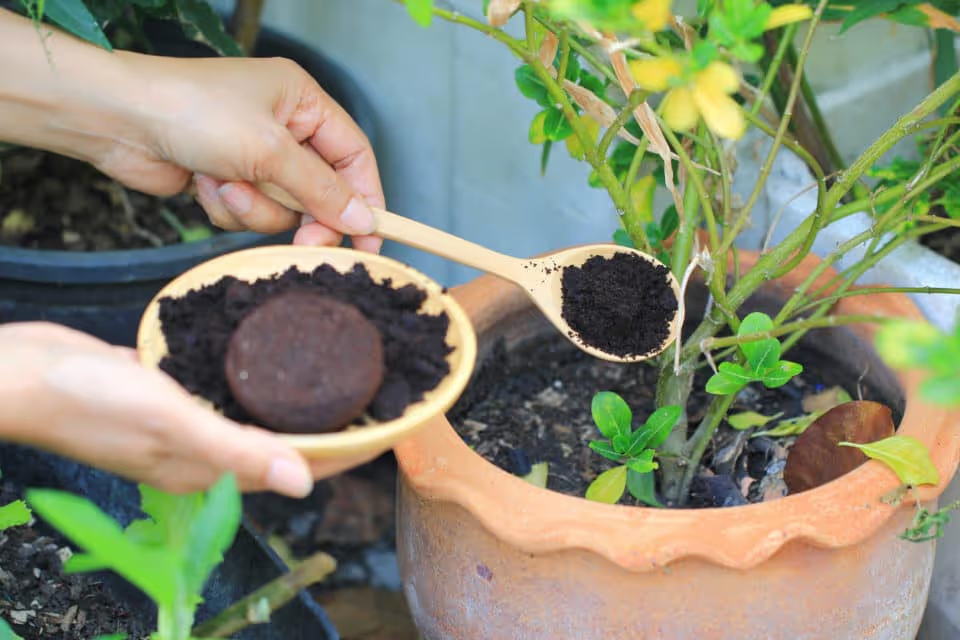
There are several easy and effective ways to incorporate coffee grounds into your gardening routine. Here’s how:
Add Coffee Grounds to Compost
Coffee grounds are considered a “green” compost material because of their nitrogen content. They break down quickly and heat up compost piles, speeding up decomposition.
How to use:
- Mix coffee grounds with dry “brown” materials like leaves, straw, or shredded paper.
- Aim for a ratio of 1 part coffee grounds to 3 parts brown materials.
- Turn the compost regularly for proper aeration.
Tip: Used coffee filters are compostable too — toss them in along with the grounds.
Use as a Soil Amendment
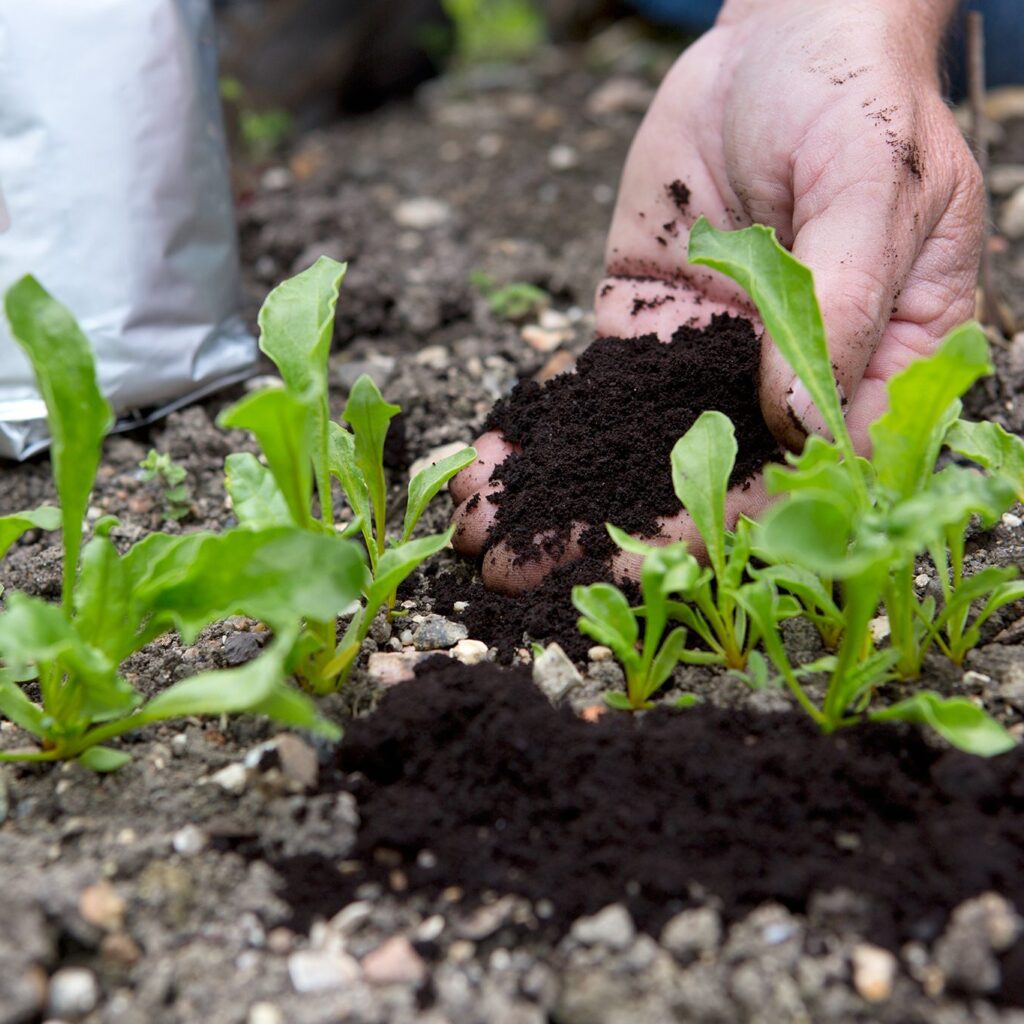
Mix coffee grounds directly into your garden soil to improve texture and nutrient content.
How to use:
- Sprinkle half an inch of coffee grounds over the soil surface.
- Gently mix them into the topsoil with a rake or hand tool.
- Avoid piling coffee grounds thickly — they can compact and block water.
Best for: Vegetable beds, flower borders, and raised planters.
Make Coffee Ground Mulch
While not a substitute for traditional mulch, coffee grounds can be blended with other organic matter to suppress weeds and retain moisture.
How to use:
- Combine coffee grounds with shredded leaves, grass clippings, or straw.
- Spread a thin layer (½–1 inch) around the base of plants.
- Keep the mixture loose to avoid crusting and poor airflow.
Pro tip: Avoid placing pure coffee grounds directly on plant stems.
Brew a Coffee Ground Liquid Fertilizer
Create a nutrient-rich, mild liquid feed for your plants using leftover coffee grounds.
How to make:
- Add 1 cup of used coffee grounds to a gallon of water.
- Let it steep overnight.
- Use the mixture to water your plants once a week.
Great for: Houseplants, garden veggies, herbs, and flowers.
Use Coffee Grounds as a Pest Repellent
Slugs, snails, and some soft-bodied pests dislike the gritty texture and mild acidity of coffee grounds.
How to use:
- Sprinkle a ring of dry coffee grounds around vulnerable plants.
- Refresh the barrier after heavy rain or watering.
Bonus: The scent can deter cats from digging in garden beds too.
Which Plants Like Coffee Grounds?
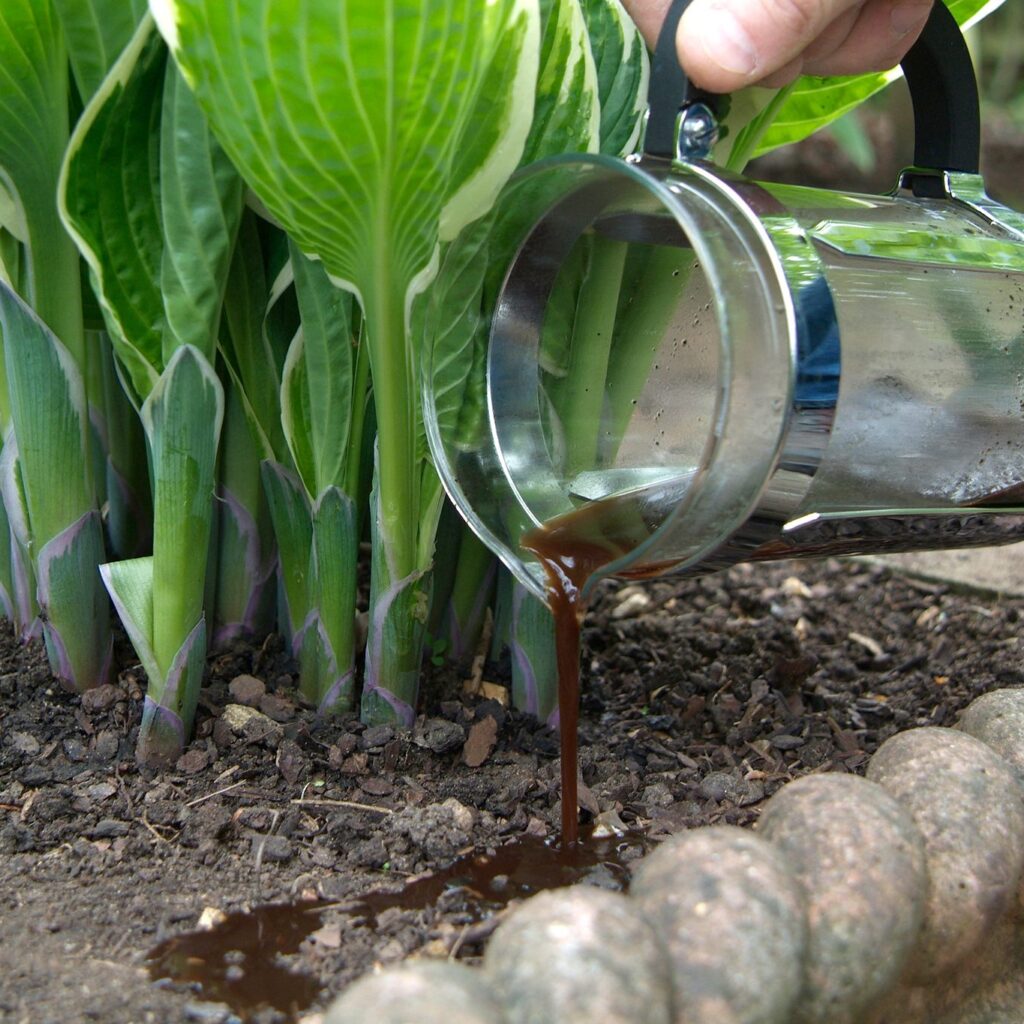
Coffee grounds can slightly acidify soil, which benefits certain acid-loving plants:
Acid-Loving Plants:
- Blueberries
- Rhododendrons
- Azaleas
- Hydrangeas (for bluer blooms)
- Camellias
- Gardenias
- Roses
- Carrots (when mixed into soil)
Tip: Most leafy greens, herbs, and flowers enjoy coffee-enriched compost in moderation.
Plants to Avoid Using Coffee Grounds On
Some plants are sensitive to the acidity or high nitrogen content of coffee grounds, including:
- Lavender
- Tomatoes (can cause growth issues if overused)
- Succulents and cacti (prefer drier, alkaline soils)
- Geraniums (coffee grounds can stunt their growth)
When in doubt, test small amounts first.
Common Mistakes to Avoid
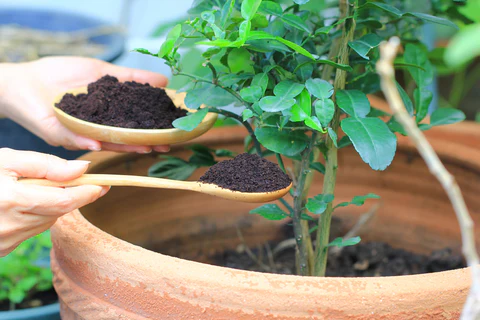
Using thick layers of coffee grounds as mulch — it can form a dense, water-repelling barrier.
Overusing coffee grounds — too much nitrogen can harm plant roots and throw off soil balance.
Not balancing with brown compost materials — aim for a healthy compost ratio.
Applying to seedlings or young plants — coffee grounds are best for mature, established plants.
Tips for Storing and Handling Coffee Grounds
✔ Store used coffee grounds in an airtight container or old coffee can.
✔ Dry them before storage to prevent mold.
✔ Use within a week for best results, or freeze for later use.
✔ Always cool used coffee grounds before applying to soil or compost.
Bonus: Creative Garden Uses for Coffee Grounds
Mix coffee grounds with crushed eggshells for a calcium-boosted soil amendment.
Use coffee grounds to dye garden markers or decorative stones a rustic brown shade.
Sprinkle around compost piles to help control odor and attract worms.
Mix with a few drops of essential oil to create a natural, pet-safe pest repellent around your garden perimeter.
Final Thoughts
Learning how to use coffee grounds in your garden is an easy, eco-friendly way to reduce kitchen waste and enhance your plant care routine. Whether you compost them, brew a liquid fertilizer, or use them as pest control, coffee grounds are surprisingly versatile in the garden.
The key is moderation — too much of a good thing can cause problems. But when used thoughtfully, coffee grounds can nourish your soil, support plant health, and help create a more sustainable gardening practice.
So next time you finish your morning brew, don’t toss those grounds — give your garden a natural, aromatic boost instead!

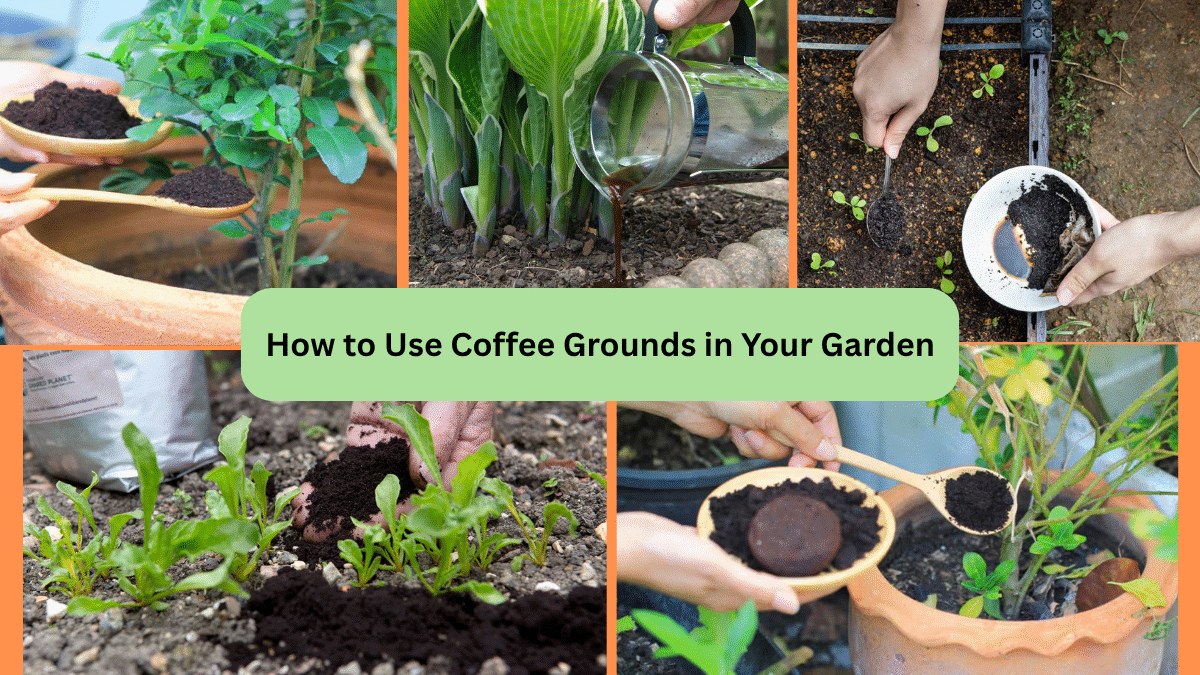
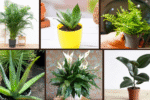
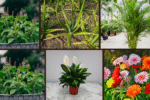


Leave A Comment